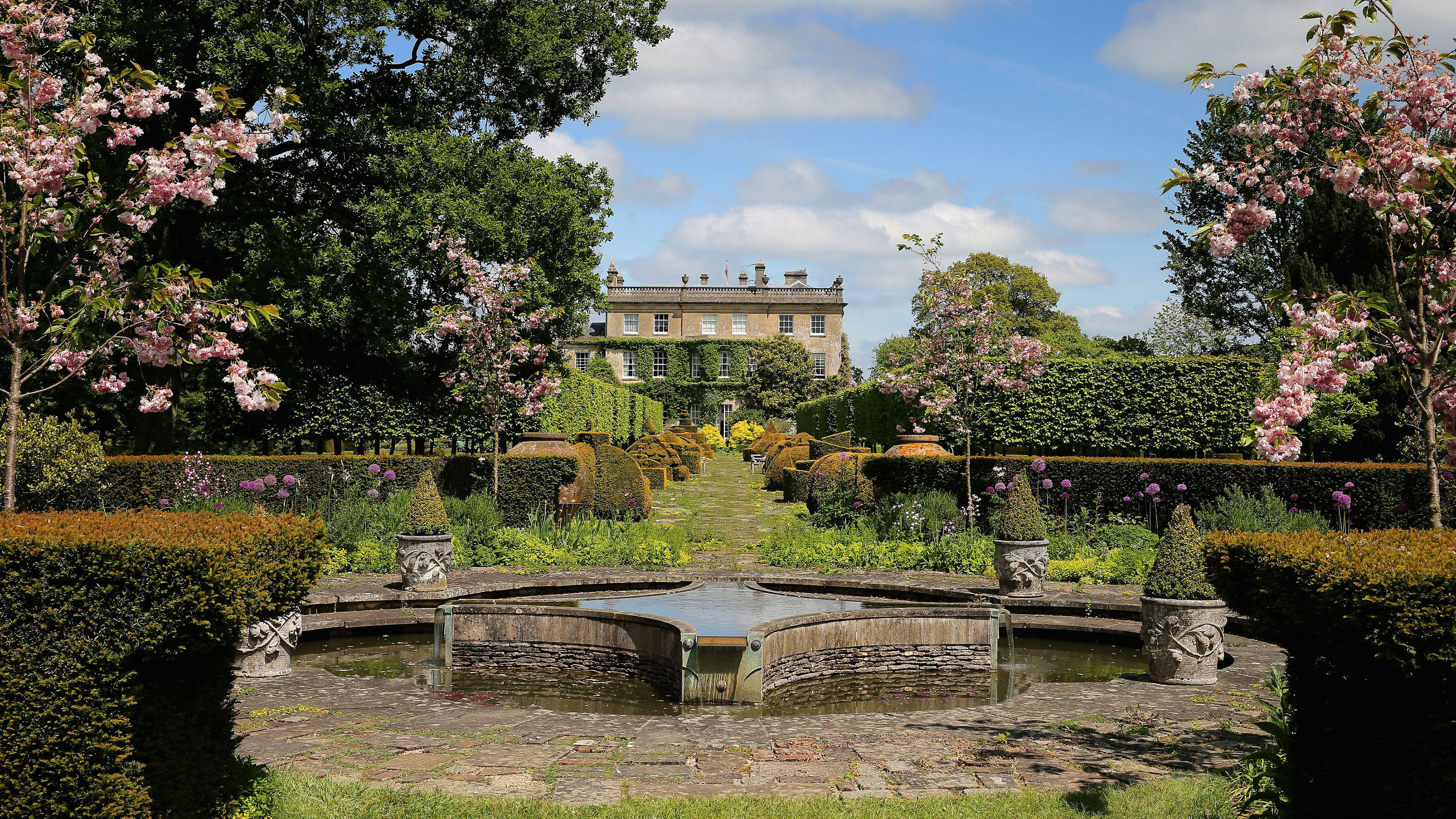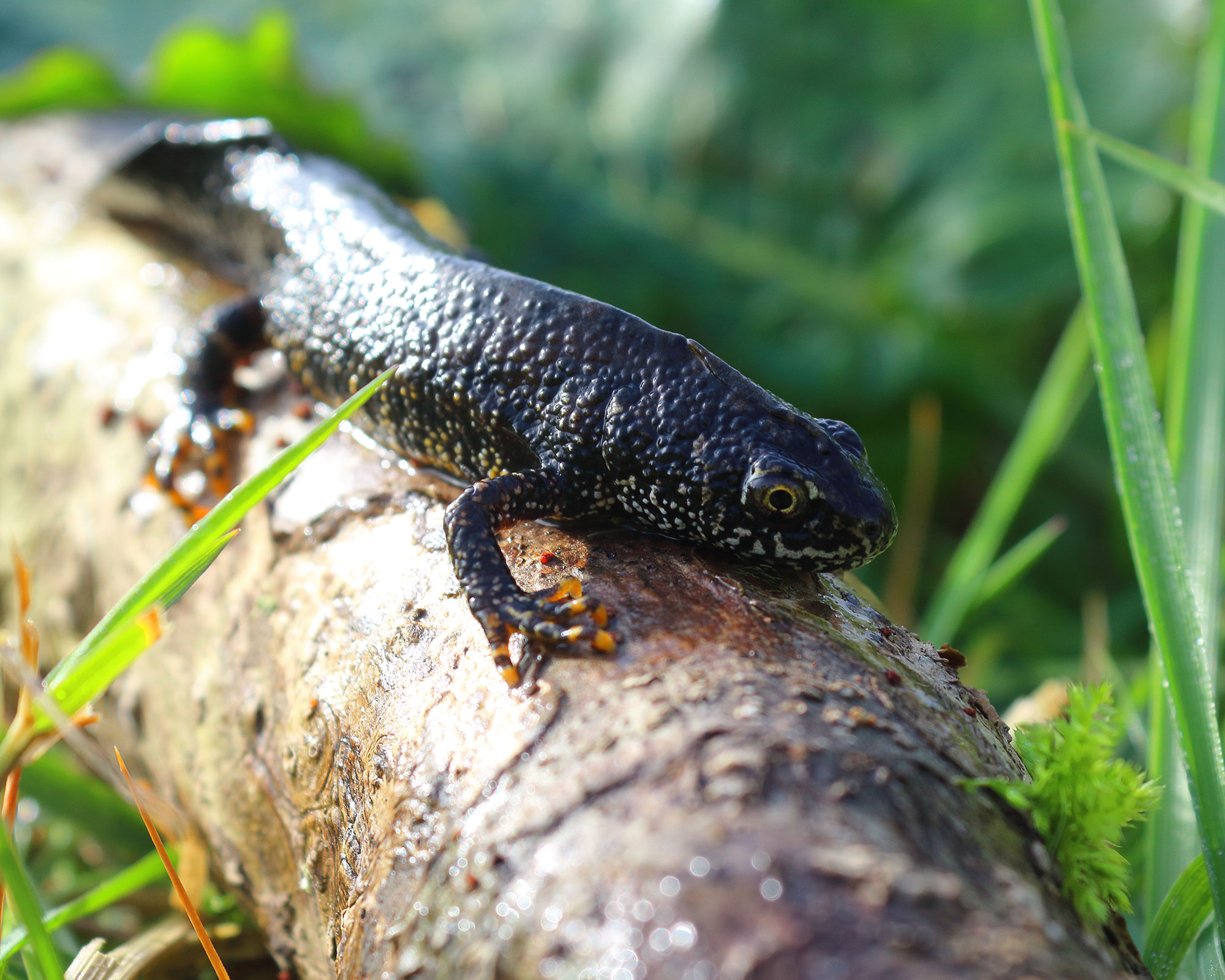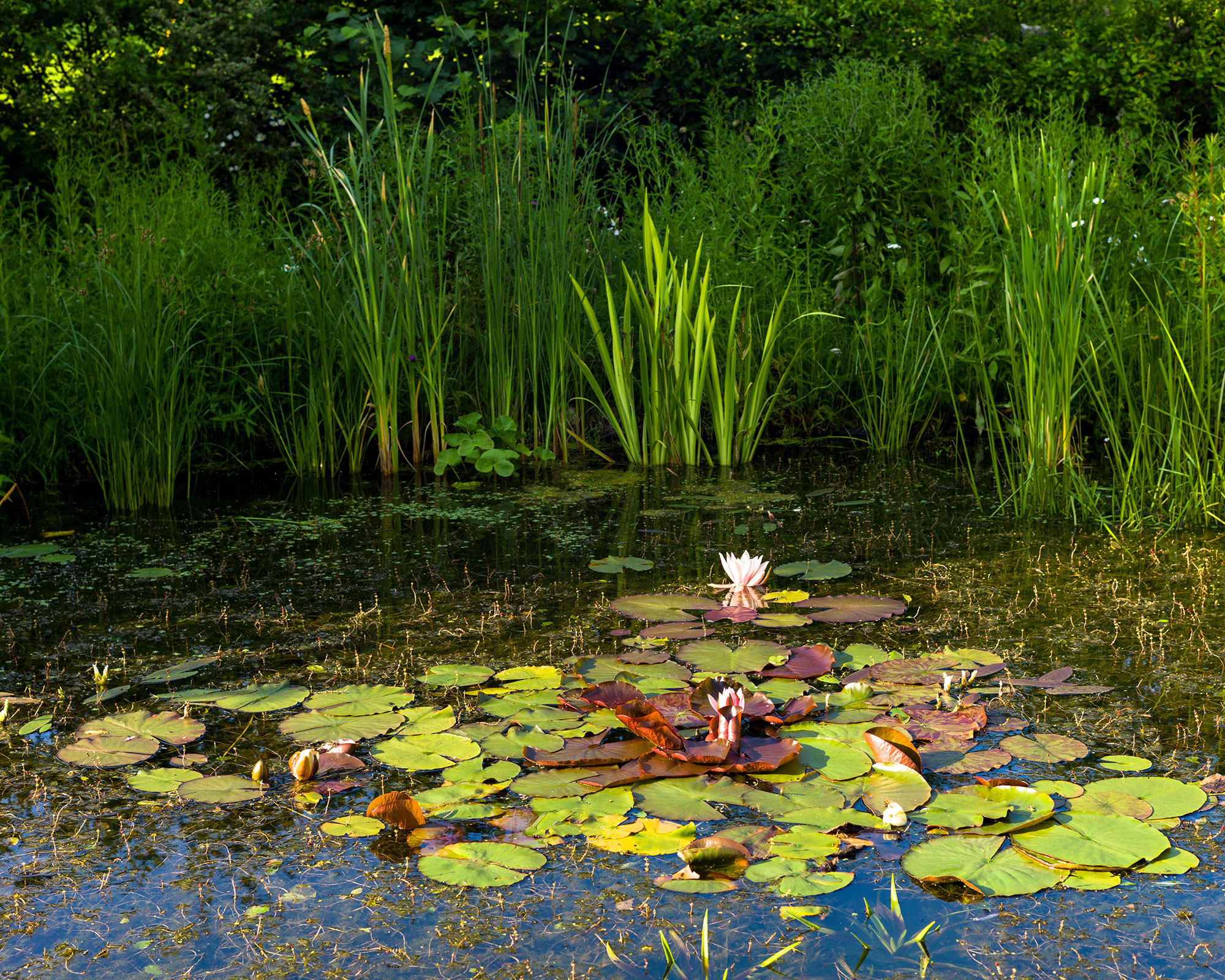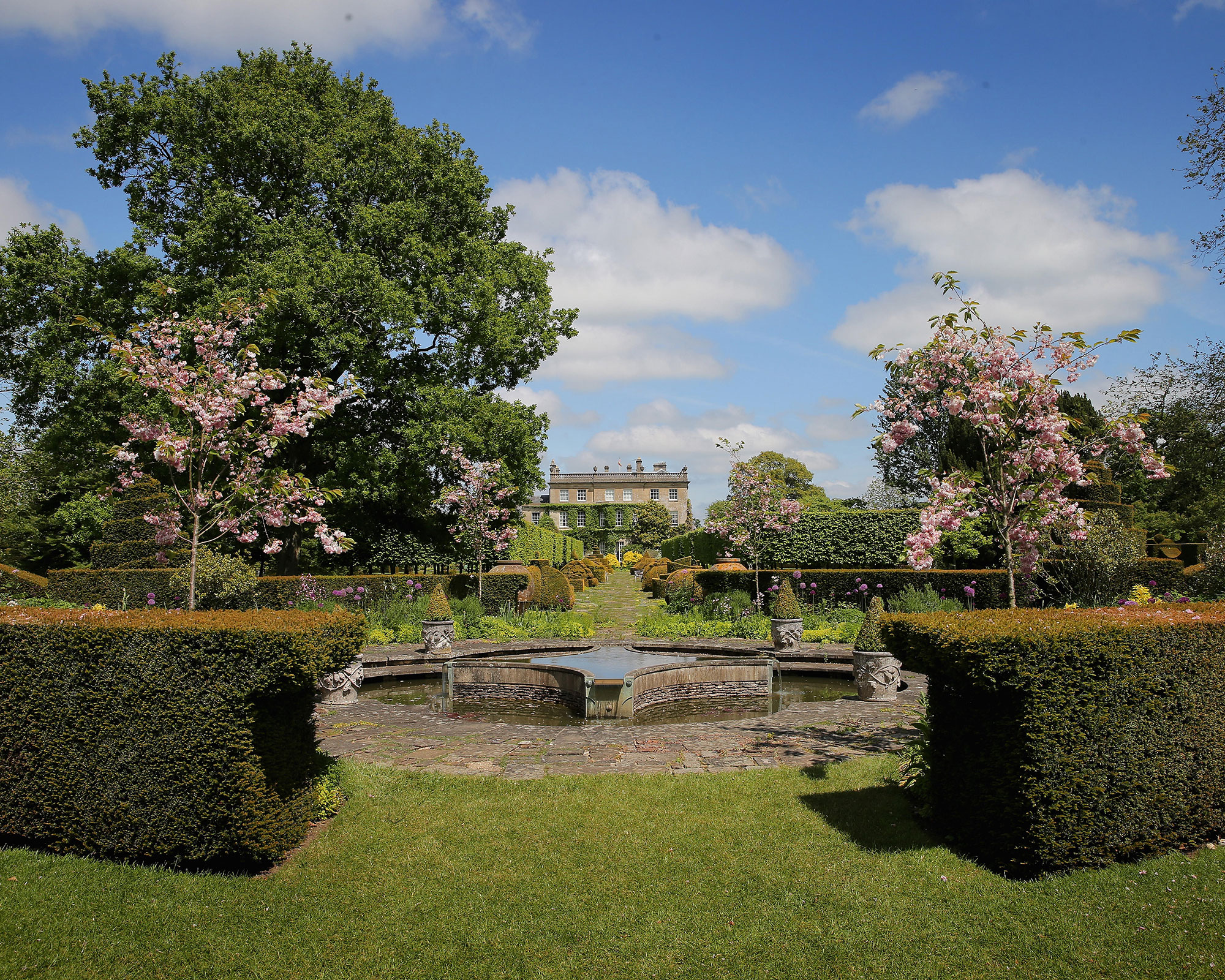How the Great Crested Newt stopped King Charles in his tracks
When his Highgrove estate set out to build a new gift shop, King Charles's staff were warned that if the protected species was found, work would have to stop


As a dedicated wildlife champion King Charles III must be breathing a sigh of relief that his plans for a new gift shop at his Highgrove, Gloucestershire estate will not harm the precious habitat of the Great Crested Newt, a UK protected species that has suffered significant population decline in recent years.
Planners were asked to take into account the potential presence of the amphibians before work could begin to replace a temporary marquee with a new retail unit designed to serve the 40,000 UK and overseas visitors who visit the 15 organically cared for acres, including water features, fountains and wildlife gardens, at Highgrove Gardens every year.

The natural habitats of Great Crested Newts are under threat
Potential Great Crested Newt threat to Highgrove plans
'In the case of the Highgrove planning application, the advice to the planning authority from NatureSpace was that there was little risk of impacts on Great Crested Newts – so no further information on newts was required and there were no requirements for any survey work or for a licence,' says Sarah Garratt FRSA, conservation director at NatureSpace, an organisation which works with other environmental partners to protect the Great Crested Newt.
However, this high-profile Royal case has highlighted the danger this native UK species faces.
In a recent report, Natural England says that Great Crested Newts are under threat because approximately 50 per cent of ponds – their natural habitat – were lost in the 20th century and 80 per cent of current ponds are in a poor state.

Wildlife ponds can support a wide range of creatures
Habitats need protection
'Great Crested Newts require good quality ponds for breeding and feeding, as well as terrestrial habitats such as woodlands, scrub, hedgerows and grasslands for feeding, shelter, hibernation and dispersal,' says Sarah Garratt.
'Built development and intensive agricultural management have reduced the quality, extent and connectedness of landscapes. Good quality habitat creation and restoration help to restore newt populations.'
Monty Don, who has stood beside King Charles to campaign in favour of organic farming methods, says that wherever you live, if you’re lucky enough to have a pond in your backyard, his pond care tips are to leave it to nature as far as possible in order to create a habitat that supports amphibians, insects, birds and water-borne creatures.

The gardens at Highgrove are open to visitors
Welcoming wildlife at the Highgrove Estate
Great Crested Newts would certainly be made welcome at Highgrove. There are two fountains providing running, open water for their feathered friends throughout the year. A willow 'ramp' is placed in each water feature to provide an easy exit in case any wildlife inadvertently fall in.
There’s also a water feature cum wildlife pond close to the Stumpery made of Hereford sandstone and Spanish holey limestone. It features four Pacific Ocean clamshells from Edward VII’s garden at Sandringham, Norfolk and a stately heron statue keeps watch.
If you fancy exploring Highgrove Gardens for yourself, they are open to the public from April to October, with garden tour e-vouchers available for 2023 dates. Visits can be booked online.

Jayne Dowle is an award-winning gardening, homes and property writer who writes for publications including Sunday Times Home, Times Bricks & Mortar, Grand Designs, House Beautiful and The Spectator. She was awarded the Garden Journalist of the Year accolade at the Property Press Awards in 2021.
